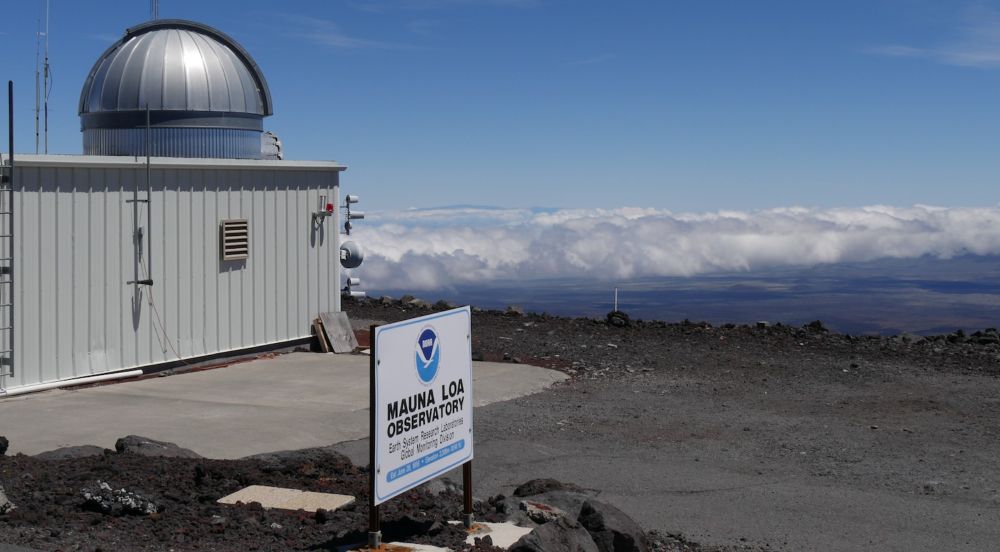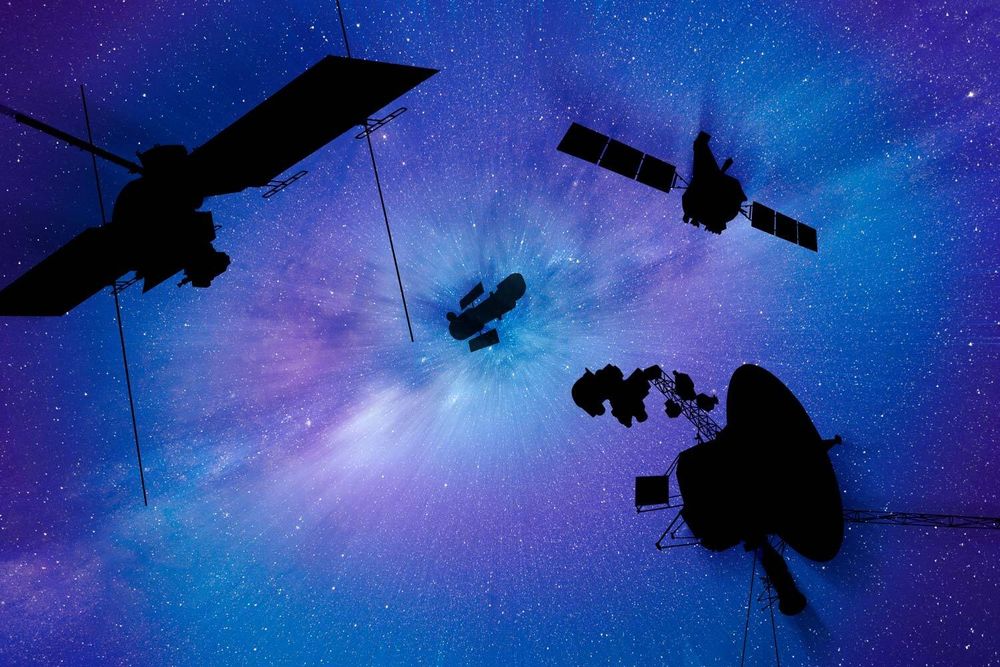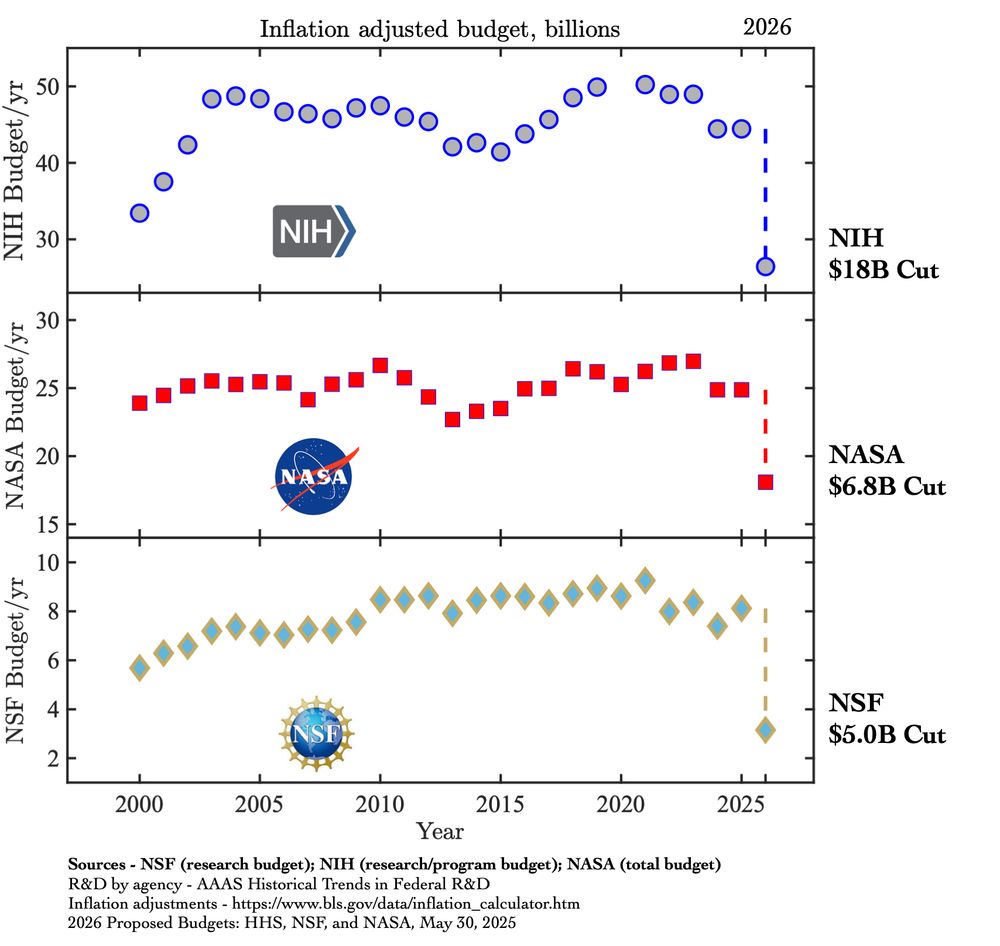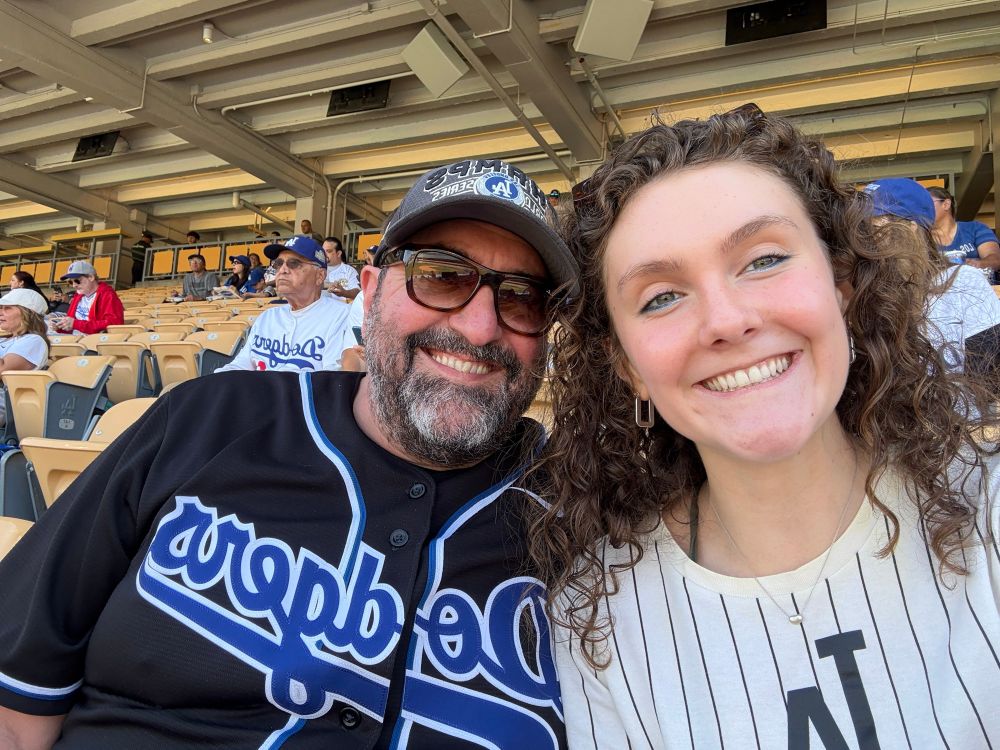Carl Percival
@carlpercival.bsky.social
520 followers
460 following
68 posts
Atmospheric Scientist, JPL NASA
https://science.jpl.nasa.gov/people/percival/
Posts
Media
Videos
Starter Packs
Carl Percival
@carlpercival.bsky.social
· Jun 11

Pressure, Temperature, and Water Vapor Dependencies of the Bimolecular Rate Coefficients for the Reaction OH + NO + M → HONO + M
OH+NO is an important termolecular association reaction in the troposphere and stratosphere that influences the atmospheric ozone budget. In this study, rate coefficients for the reaction of OH + NO + M → HONO + M were measured under conditions relevant to the troposphere/lower stratosphere over a temperature range of 228–298 K and pressure range of 50–750 Torr using N2 as a bath gas. Time-resolved kinetics were studied by pulsed laser photolysis-laser-induced fluorescence (PLP-LIF) detecting OH by laser-induced fluorescence. Data for the temperature range 258–298 K were fit to two falloff expressions, with the JPL expressions (k1,0N2 = 7.37 × 10–31(T/300 K)−2.90 cm6 molecule–2 s–1 and k1,∞ = 3.44 × 10–11(T/300 K)−0.1cm3 molecule–1 s–1) and IUPAC expression (k1,0N2 = 6.80 × 10–31(T/300 K)−2.81 cm6 molecule–2 s–1, FC = 0.81, k1,∞ = 1.96 × 10–11(T/300 K)−0.3 cm3 molecule–1 s–1). At temperatures T < 258 K, the measured rate coefficients were significantly higher than the IUPAC and JPL fits. To accommodate the rate coefficient deviation from the two expressions, data across the entire temperature range (228–298 K) was fit with two approaches. First, rate coefficients were fit with an empirical modification by adding a second falloff term to the JPL expression with a second low-pressure rate coefficient of k1,0N2 = 5.20 × 10–35(T/300 K)−30.4 cm6 molecule–2 s–1. Second, k1,0N2, k1,∞, and n were fit globally to the entire temperature data set, but FC was varied for each individual temperature, which increased with decreasing temperature. In the second portion of the study, the influence of H2O on the reaction rate was investigated using a N2–H2O mixture as the bath gas at 50 Torr and 273 and 298 K. The JPL and IUPAC falloff expressions were modified to include H2O as a third-body collisional partner consistent with a nonlinear mixture model. Fits to the data yielded the low pressure termolecular rate coefficients in H2O, k1,0H2O = 3.81 × 10–30(T/300 K)−6.04 and k1,0H2O = 3.31 × 10–30(T/300 K)−5.81 cm6 molecule–2 s–1, respectively. Experimental data were fit using MESMER give energy relaxation parameters of <ΔEdown,295 K, N2> = 170 ± 10 cm–1 and <ΔEdown,295 K,H2O> = 634 ± 20 cm–1, indicating that H2O is a 4× more efficient collisional quencher than N2 alone. The modified JPL expressions with the newly derived low pressure rate coefficients were implemented into a STOCHEM-CRI atmospheric model. Predictions of HONO concentrations with the new rates were up to 15% higher in remote tropical regions.
pubs.acs.org
Reposted by Carl Percival
Carl Percival
@carlpercival.bsky.social
· May 11
Carl Percival
@carlpercival.bsky.social
· Apr 29
Carl Percival
@carlpercival.bsky.social
· Mar 24
Carl Percival
@carlpercival.bsky.social
· Mar 18
Carl Percival
@carlpercival.bsky.social
· Mar 14
Scott Dance
@byscottdance.com
· Mar 14

Trump moves to close government lab that tracks planet-warming pollution
The lab is connected to the Mauna Loa Observatory, where scientists gather data to produce the Keeling Curve, a chart on the daily status of atmospheric carbon dioxide concentrations.
www.washingtonpost.com
Carl Percival
@carlpercival.bsky.social
· Feb 28
Carl Percival
@carlpercival.bsky.social
· Feb 28
Carl Percival
@carlpercival.bsky.social
· Feb 28

















